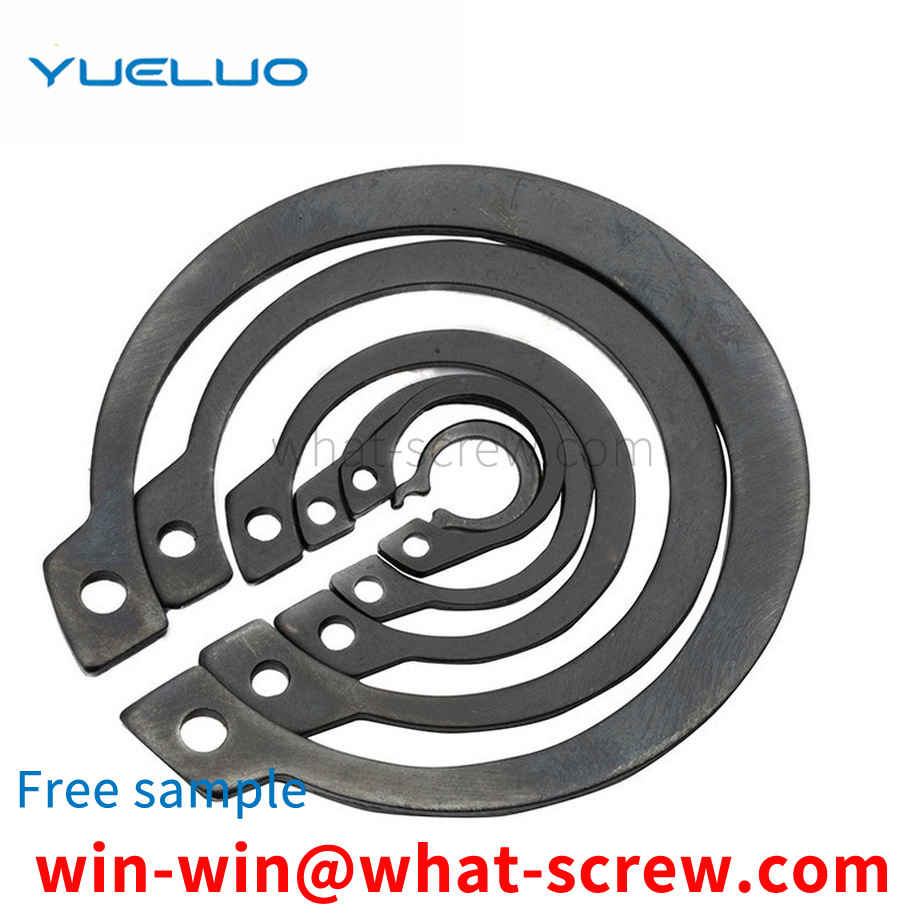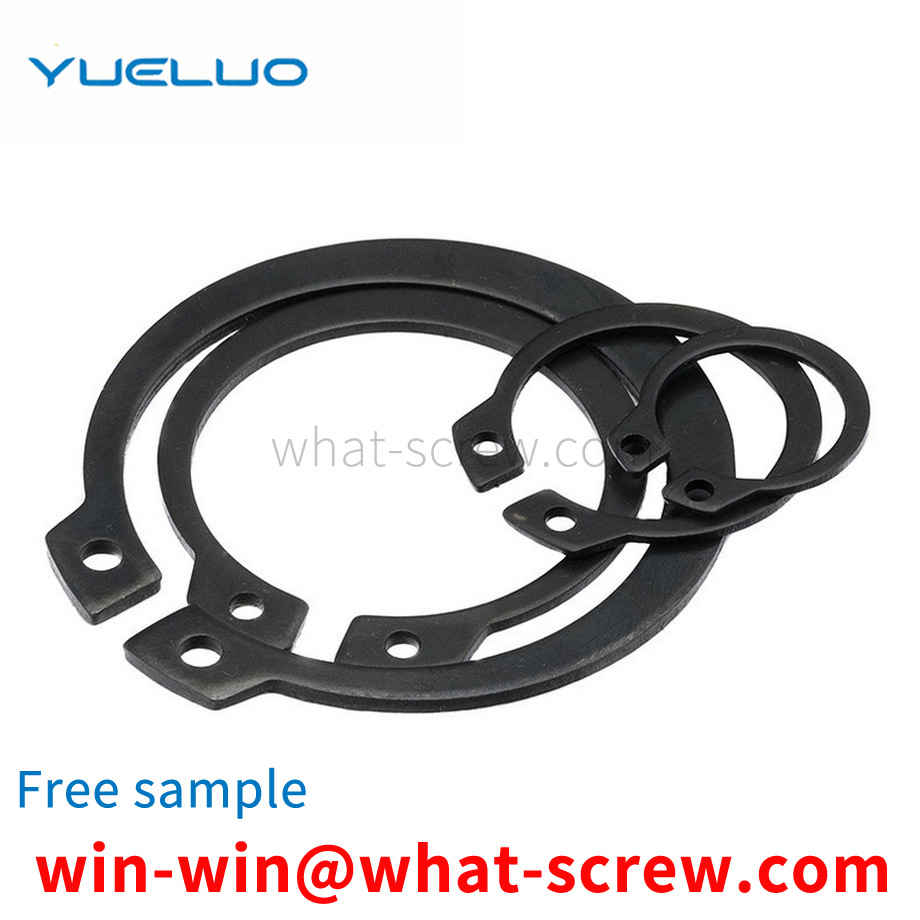Nut fasteners are used in various industries with connection and fastening requirements, such as vehicles, construction machinery, agricultural machinery, manufacturing machinery, etc. For large construction machinery or construction vehicles, due to the harsh working environment and the action of heavy loads, the nut fasteners on it are subjected to vibration and load impact in all directions, which makes the nut easier to loosen, resulting in tightening. The function of the device is reduced or even failed. cause a great safety hazard.
With the mass production of large-scale equipment, standardization, and the concept of lean production, it has become more and more important to improve the efficiency of the assembly stage. Nowadays, when assembling small equipment, power tools and automatic bolt supply devices are basically popular, but only for M3 and smaller However, large equipment is often fastened with M8 or larger diameter bolts, and it is still in the process of combining manual and air tools. Among them, the pre-installation of the flat and spring washers on the bolts is completely manual operation. When the bolts need to be tightened in large quantities, the shortcomings of low efficiency are particularly obvious, and the flat and spring washers are easy to be scattered when manually assembled, and there are mixed installations of different specifications. Problems such as less installation and missing installation will affect the processing quality.
Stud bolts generally need to be surface treated. There are many types of bolt surface treatments. Generally, electroplating, blackening, oxidation, phosphating, and electroless zinc flake coating are commonly used. However, electroplated fasteners account for a large proportion of the actual use of fasteners. Especially in automobiles, tractors, home appliances, instrumentation, aerospace, communications and other industries and fields are more widely used. However, for threaded fasteners, not only a certain anti-corrosion capability is required in use, but also the interchangeability of threads must be ensured, which can also be called screwability here. In order to meet the dual-use performance of anti-corrosion and interchangeability required by threaded fasteners in use, it is very necessary to formulate special plating standards. GB/T5267.1-2002 [Threaded fastener electroplating layer] standard is one of the national standards fastener surface treatment series of standards, the standard includes: GB/T5267.1-2002 [fastener electroplating layer]; GB/T5267.2-2002 [Electrolytic zinc flake coating for fasteners] Two standards. This standard is equivalent to the international standard ISO4042; 1999 [Threaded fastener electroplating layer]. This standard replaces the GB/T5267-1985 [Threaded Fastener Electroplating Coating] standard.
Screws are a kind of fasteners commonly used in machinery, but most of the screws commonly used in the market are standard parts. The screws themselves are ordinary and have no function of preventing loosening and protecting the matrix. Therefore, in order to prevent the screws from loosening during use , Usually it is necessary to configure additional elastic washers, flat washers, etc. that are suitable for screws, and these elastic washers and flat washers are mostly metal products. During use, it is easy to wear with the body base and damage the protection of the sheet metal base. After long-term use, metal washers are easy to rust, which affects the tightening effect and appearance of screws. In addition, the use of metal washers not only increases the weight and cost, but also the assembly process is complicated and cumbersome, and the anti-loosening and anti-wear effects are not ideal. .
Align the four positioning holes 12-5 of the spring washer positioning plate 2 with the four positioning columns 4 of the screw tray 1, and place them on the screw tray 1. Several screws 5 are passed through the lower positioning plate 12-2 in turn. The spring washer hole 2-7, the opening slot 12-32 of the baffle plate 12-3, the inner ring of the spring washer 7 in the spring washer hole 2-7 of the upper positioning plate 12-1, hold the spring washer positioning plate 2 by hand The raised handle 12-31 of the baffle plate 12-3 pulls the baffle plate 12-3 out of the upper positioning plate 12-1 and the lower positioning plate 12-2, and several spring washers 7 pass through the holes on the lower positioning plate 12-2. The spring washer holes 2-7 fall down along the screw rod of screw 5, so that the screw rod of screw 5 penetrates into the spring washer 7, as shown in Figure 10, and then the spring washer positioning plate 2 is removed to complete the process of threading the spring washer.
We have many years of experience in the production and sales of screws, nuts, flat washers, etc. The main products are: GB873 hollow core nylon rivets, stop washers, BS hexagon head bolts, single-layer knurled nuts and other products, we can provide you with suitable products Your fastener solution.



















 Service Hotline
Service Hotline




